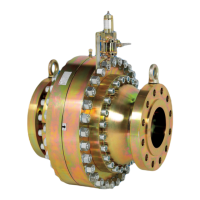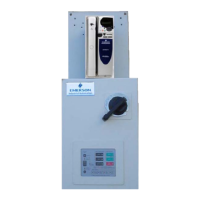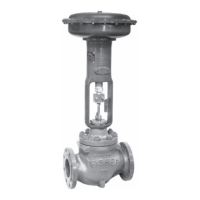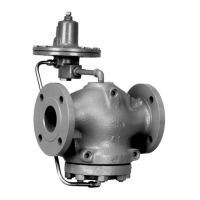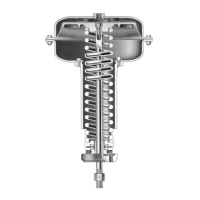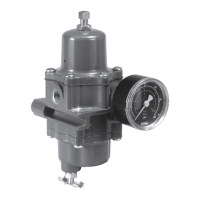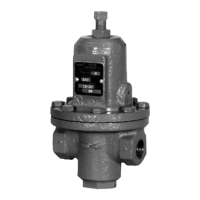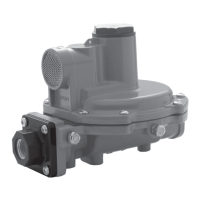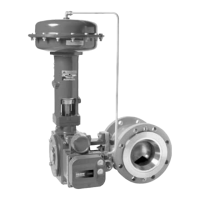FloBoss™ S600+ Flow Computer Modbus Specification Manual
D301904X012
June 2024
23
This command determines the base address of the block of data. <NNNN> must be
in the range 0–65535. The base address command is followed by a list of data
points, each of which occupies successive input addresses.
9.7 Config File Data Registers
The register section can contain any number of blocks of register data. Three commands
control how the system packs data into registers:
[BASE ADDRESS <NNNN>]
This command determines the base address of the block of data. It is followed by a
list of data points each of which occupies successive registers. <NNNN> must be in
the range 0–65535.
[FORMAT <format>]
Each block of register data can represent numeric data in a different format.
Register addressing is probably the most confusing aspect of configuring a Modbus
link. The original Modbus specification defines a register as a 16-bit integer value.
Strictly speaking, this is the only supported register data format. However, most
systems split larger formats over several registers so that a single data item
occupies 1, 2, or 4 registers (respectively 2, 4, or 8 bytes). (refer to Section 8, Register
Formats, for details of this and the supported formats). Using this mechanism, you
can pack longer integers, floats, or doubles into the Modbus message.
[ADDRESSES PER ITEM <N>]
This command determines the number of Modbus addresses which each data item
corresponds to. For 16-bit (2 byte) data it is always 1. For 32-bit (4 byte) and 64-bit
(8 byte) data it controls the way Modbus register addressing is performed. It is
closely related to the FORMAT command (or more accurately the number of bytes
per data item) and the number of addresses field contained in the poll.
For a slave link, "the poll" refers to the Modbus request sent by the master. For a
master link, "the poll" refers to the Message command contained in the Master
section.
If the data is 32-bit, the number of addresses per item must be set to either 1 or 2.
If the value is set to 1, the number of addresses contained in the poll is the number
of data items (in this case, the number of items and number of registers is the
same). If the value is set to 2, the number of addresses contained in the poll is 2x
the number of data items.

